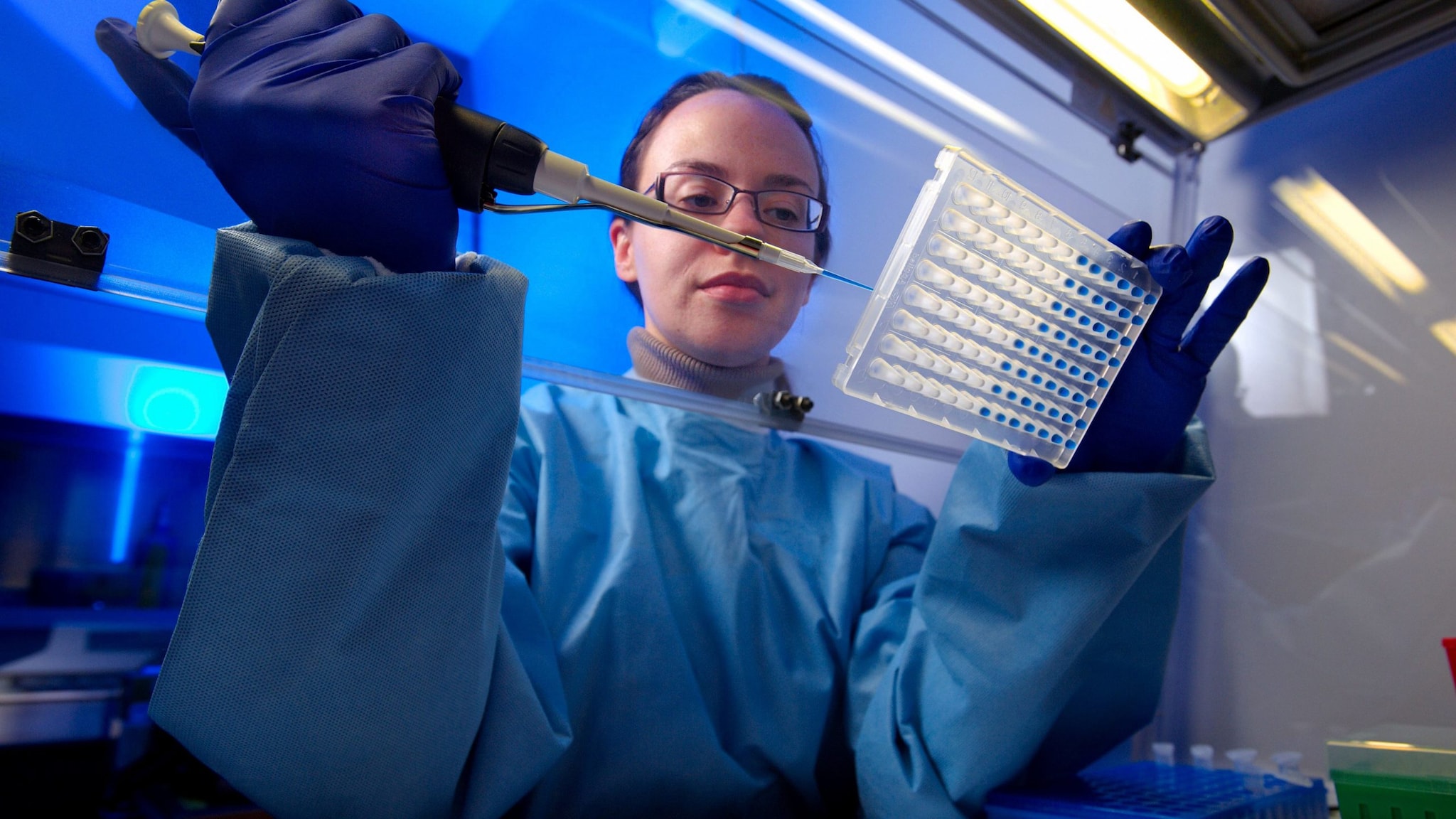Key points
- Chikungunya virus disease can be diagnosed by nucleic acid testing during the acute phase of infection or by serologic testing after the first week of illness.
- A positive chikungunya virus-specific IgM antibody test result should be confirmed by neutralizing antibody testing at a state public health laboratory or CDC.
- Contact your state or local health department for assistance with diagnostic testing.

Considerations
Chikungunya virus infection should be considered in patients with acute onset of fever and polyarthralgia, especially travelers who recently returned from areas with known virus transmission.
Laboratory diagnosis is generally accomplished by testing serum or plasma to detect virus, viral nucleic acid, or virus-specific immunoglobulin (Ig) M and neutralizing antibodies.
Chikungunya virus disease is a nationally notifiable condition. Healthcare providers are encouraged to report suspected chikungunya cases to their state or local health department to facilitate diagnosis and mitigate the risk of local transmission.
Recommended tests
During the first 8 days of illness, chikungunya viral RNA can often be identified in serum using reverse transcription-polymerase chain reaction (RT-PCR). Viral culture may detect virus in the first 3 days of illness; however, chikungunya virus should be handled under biosafety level (BSL) 3 conditions.
Chikungunya virus antibodies normally develop toward the end of the first week of illness. Therefore, to definitively rule out the diagnosis, convalescent-phase samples should be obtained from patients whose acute-phase samples test negative.
Diagnostic testing is available through commercial laboratories, some state health departments, and CDC. Positive chikungunya virus-specific IgM antibody results should be confirmed by neutralizing antibody testing at a state public health laboratory or CDC, as false positive IgM results can occur.
To submit specimens for testing, please contact your state or local health department. They can assist you with determining if samples should be sent to the CDC Arbovirus Diagnostic Laboratory for further testing. Specimens should be submitted to CDC through state health departments. All results will be sent from CDC to the appropriate state health department.
- Prat CM, Flusin O, Panella A, Tenebray B, Lanciotti R, Leparc-Goffart I. Evaluation of commercially available serologic diagnostic tests for chikungunya virus. Emerg Infect Dis. 2014;20(12):2129-2132. doi: 10.3201/eid2012.141269
- Lanciotti RS, Kosoy OL, Laven JJ, Panella AJ, Velez JO, Lambert AJ, Campbell GL. Chikungunya virus in US travelers returning from India, 2006. Emerg Infect Dis. 2007;13(5):764–767. doi: 10.3201/eid1305.070015
